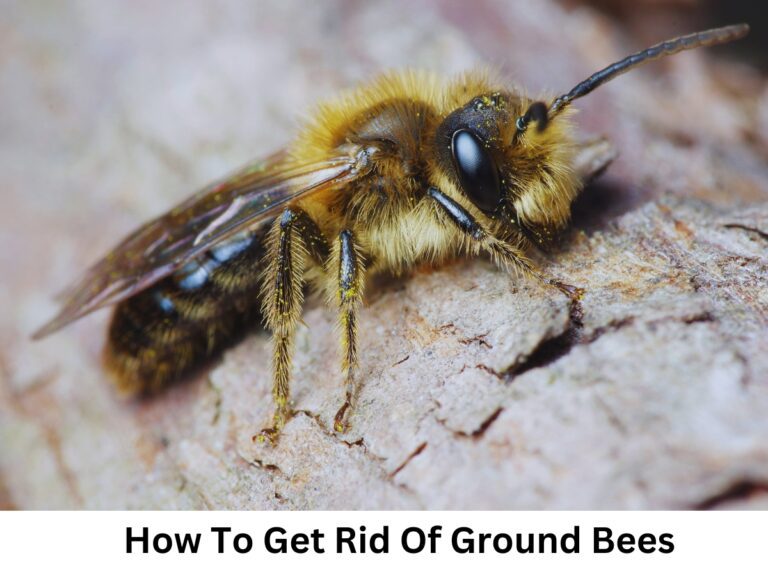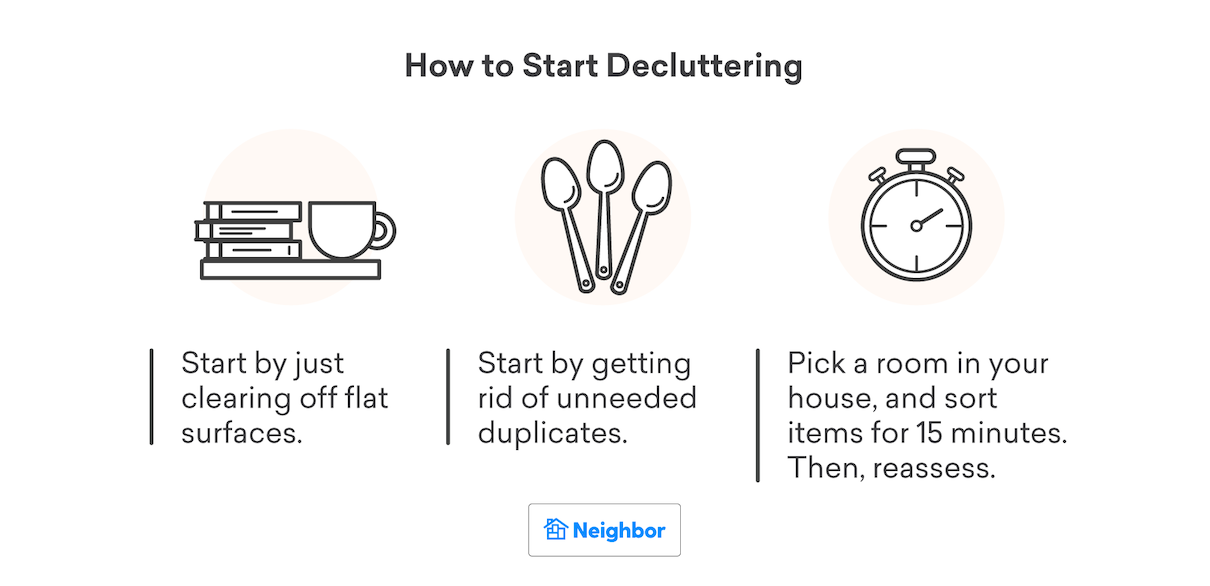How To Get Rid Of Dingleberries

The persistent issue of fecal residue, commonly known as dingleberries, is a concern for many individuals. While often a source of embarrassment, it's a common occurrence that can be managed effectively through improved hygiene practices and, in some cases, dietary adjustments.
Understanding the Issue
Dingleberries are small clumps of fecal matter that cling to the anal hair. They occur when feces are not completely eliminated during bowel movements. This can be due to several factors, including inadequate wiping, anatomical characteristics, or digestive issues.
Poor hygiene is the most prevalent cause. Insufficient fiber intake can also contribute to softer, stickier stools, making complete elimination more difficult.
Effective Hygiene Practices
Proper wiping is the first line of defense against dingleberries. Use soft, absorbent toilet paper, and wipe gently but thoroughly from front to back. Several passes may be necessary to ensure cleanliness.
Consider using wet wipes or moistened toilet paper as a follow-up. These can be more effective at removing residue than dry paper alone. Be sure to choose flushable wipes that are safe for your plumbing system.
The bidet is an increasingly popular option for enhanced hygiene. This device uses a stream of water to cleanse the anal area, providing a more thorough and sanitary clean than toilet paper alone.
Regular showering or bathing is also crucial. Washing the anal area with soap and water helps to remove any remaining fecal matter and maintain overall hygiene. Pat the area dry gently to avoid irritation.
Dietary Considerations
Diet plays a significant role in stool consistency and ease of elimination. Increasing fiber intake can help to firm up stools and make them easier to pass, reducing the likelihood of dingleberries.
Fiber-rich foods include fruits, vegetables, whole grains, and legumes. The recommended daily intake of fiber is around 25-30 grams.
Staying adequately hydrated is equally important. Water helps to soften stools and prevent constipation, which can contribute to incomplete bowel movements. Aim for at least eight glasses of water per day.
Probiotic supplements or foods like yogurt can help to promote a healthy gut microbiome. A balanced gut can improve digestion and reduce the risk of digestive issues that may lead to looser stools.
Addressing Underlying Medical Conditions
In some cases, persistent dingleberries may be a symptom of an underlying medical condition. Conditions such as Irritable Bowel Syndrome (IBS), hemorrhoids, or anal fissures can affect bowel movements and hygiene.
If you experience frequent or severe dingleberries despite practicing good hygiene and dietary habits, consult a healthcare professional. They can help to identify any underlying medical issues and recommend appropriate treatment.
Anatomical Factors
Anatomical variations can also contribute to the occurrence of dingleberries. Individuals with more prominent anal hair or a deeper anal cleft may be more prone to fecal residue.
Careful hygiene practices are especially important for these individuals. Some people consider trimming or shaving anal hair to improve cleanliness. However, be cautious when using razors in this sensitive area to avoid irritation or ingrown hairs.
Products to Consider
Several products are available to assist with anal hygiene. These include medicated wipes, creams, and powders designed to soothe and protect the anal area.
Sitz baths, which involve sitting in warm water, can also provide relief and promote healing. Consult with a doctor or pharmacist before using any new products, especially if you have sensitive skin or any underlying medical conditions.
Psychological Impact
The issue of dingleberries can have a psychological impact on some individuals. Embarrassment and anxiety about hygiene can affect self-esteem and social interactions.
It's important to remember that it's a common issue. Open communication with healthcare professionals and loved ones can help to reduce feelings of shame and find effective solutions.
Preventive Measures
Ultimately, prevention is key to avoiding dingleberries. Consistent hygiene practices, a fiber-rich diet, and adequate hydration can significantly reduce the likelihood of their occurrence.
Regular exercise and stress management can also contribute to overall digestive health. By prioritizing these factors, individuals can maintain better hygiene and improve their quality of life.
Conclusion
Dealing with dingleberries can be a nuisance, but it's a manageable issue with the right knowledge and practices. By focusing on proper hygiene, dietary adjustments, and addressing any underlying medical conditions, individuals can effectively prevent and eliminate this common problem. Maintaining open communication with healthcare professionals can provide further guidance and support.















:max_bytes(150000):strip_icc()/how-to-get-rid-of-gophers-5192504_final-d62666d493334256826478e0f33a25cd.png)


